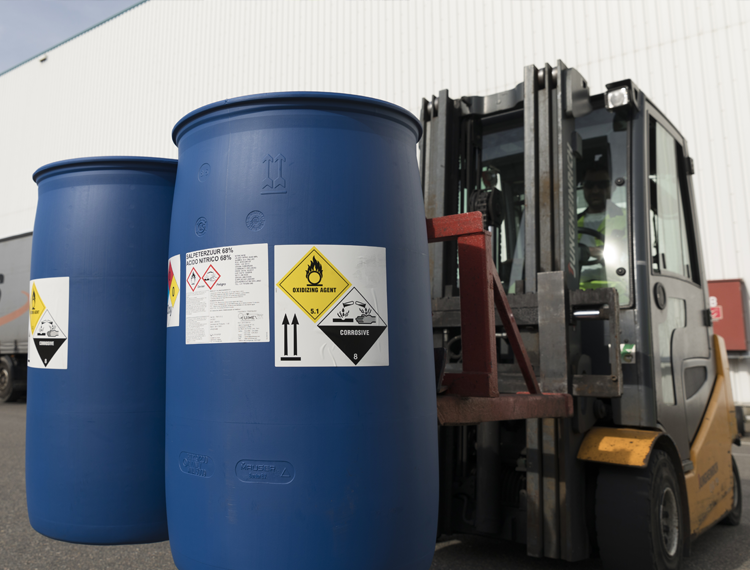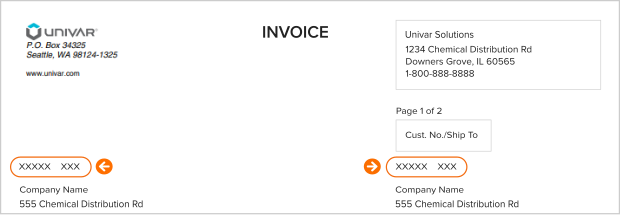We’re here to provide you with more information or help answer any questions you might have. Send us a note and we’ll get back to you as soon as possible.
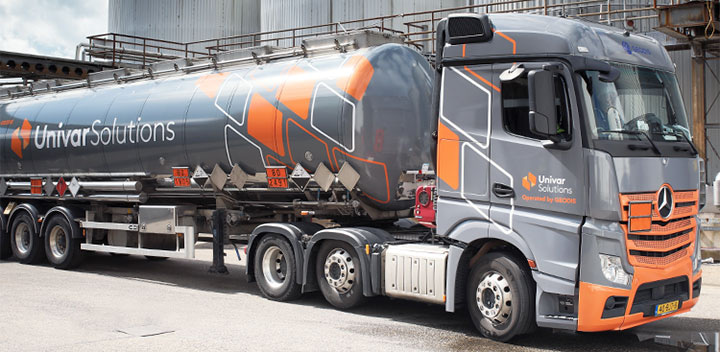
Release Prevention
Preventing accidental chemical releases during all handling stages of our operations and supply chain
At Univar Solutions, we strive to support the responsible handling of materials across our operations and supply chain. As a business handling millions of tons of chemicals and ingredients annually, it is imperative to keep a sharp focus on release prevention. Staying focused and following procedures during chemical transfers and movement is key to mitigating human error.
Explore how we take efforts to promote responsible handling as part of our commitment to reducing significant chemical releases 40 percent by 2025 against our baseline.
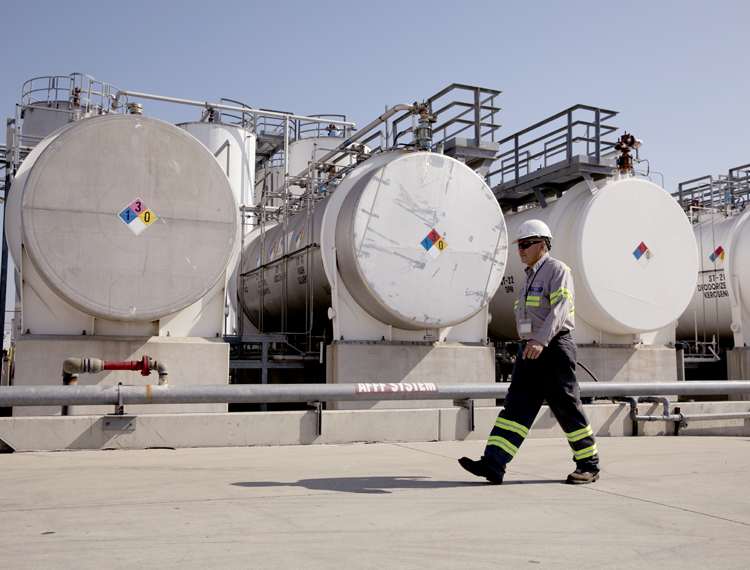

Where we take action
Infrastructure and Investment
- Mechanical integrity
- Secondary containment
Processes and Procedures
- Release Prevention Action Planning
- Investigation of significant releases for root cause
Culture
- Zero release expectation
- “Serious about Release Prevention” mantra
2023 Performance Highlights
Our significant releases are down from our baseline figures by 8.43%. While this progress is a move in the right direction, we are currently behind on our target to reduce significant releases by 40% by the end of 2025. Through 2024 we will work to further reduce releases through implementation of our regional pollution prevention program.
Additionally in North America, we continued our focus on release prevention by actively monitoring unproductive inventories, finding secondary uses for process chemicals, where materials are used in industrial processes but not consumed. We also invested in infrastructure to reduce releases. Examples include the installation of telemetry systems, upgrades to transfer lines, recoating containment and improvements to tank farms.
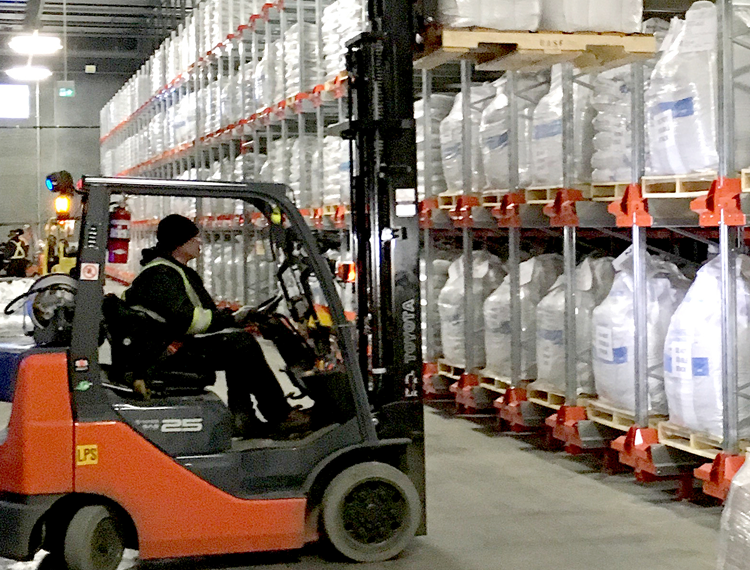

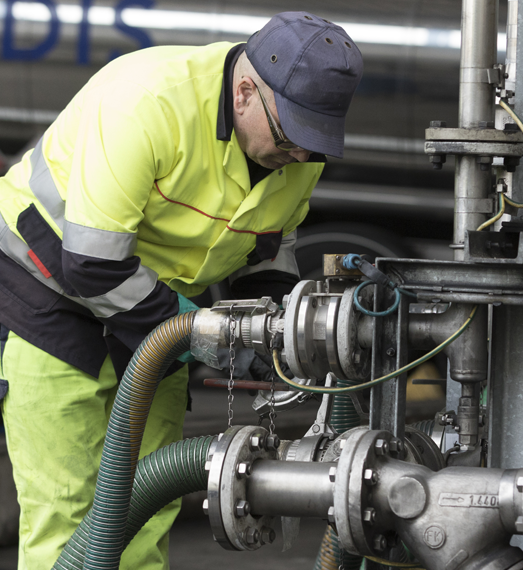

We take release prevention seriously
Release prevention is a serious topic for all our employees around the globe. Efforts to prevent accidental releases cover all stages of the materials handling process, from receiving goods, processing on-site and delivering our products to customers through our global fleet. We also work directly with customers and suppliers to share product hazards information, handling instructions and reporting issues to help prevent accidental releases across our supply chain.
Handling materials responsibly includes minimizing the impacts of any release. We prevent losses by implementing secondary and tertiary containment practices, to ensure that any significant release would not negatively impact the wider environment. By investing in our infrastructure, equipment and people to enhance performance, we minimize risk, safeguard our employees’ and the environment’s health, and reduce product losses and costs. Additionally, waste produced through our operations is handled by licensed contractors responsible for proper handling and disposal.
While our priority continues to be safety and release prevention, there are occasions where we operate in contaminated areas due to historical operations, or when accidental releases occur. In the rare instances when a release does occur and secondary and tertiary containment measures are not effective, we are committed to take responsible remediation actions.
Case Study: Decreasing annual spillage at our facility in Mexico
In 2021, Univar Solutions was effective in executing our global release prevention action plan and reinforcing our zero-release culture. Highlights include:
- Achieving our 15 percent reduction target of significant release events (releases over 90kg or 200lbs) against the 2016 baseline.
- Shutting down nearly a dozen active remediation systems after meeting clean-up goals or installing in-situ technology.
- Holding safety stand downs in all regions to review the importance of release prevention and reinforce Stop Work Authority.
Additionally in North America, we continued our focus on release prevention by actively monitoring unproductive inventories, finding secondary uses for process chemicals, where materials are used in industrial processes but not consumed. We also invested in infrastructure to reduce releases. Examples include the installation of telemetry systems, upgrades to transfer lines, recoating containment and improvements to tank farms.
